D-Plane and Ball Flight
The concept of D-Plane (descriptive plane) comes from T.P. Jorgensen in The Physics of Golf, second edition, 1999, to describe what happens to the flight of the ball immediately after it impacts the clubface. The author's conclusion about ball flight differed somewhat from conventional wisdom and was largely ignored until radar launch monitor data verified the concept less than 10 years later.
What Jorgensen pointed out was that the initial ball flight path lies within the geometric plane determined by a line perpendicular (termed "normal" in geometry) to the clubface and a line along the path of the clubhead at impact. The direction of ball flight in this plane depends on the orientation of the club face relative to the swing path of the club through the impact zone. How far the ball travels and the direction of the ball later in its flight depends mainly on clubhead speed, launch angle (and angle of attack), and ball spin.
Here's what the concept means for a straight shot where the path of the club and the clubface orientation at impact are identical. The D-Plane is vertical and the ball moves straight to the target. A vertical D-Plane can also be generated by a straight pull to the left or a straight push to the right. Here is a side view of a vertical D-plane as illustrated by Jorgensen.

Arrows illustrate a line perpendicular (normal) to the clubface and the vectors (a vector is a quantity with magnitude and direction) for clubhead motion, initial ball flight direction, and lift force on the ball. We can also think of the normal line as representing the loft of the clubface at impact.
The D-Plane helps us understand the precision that's required in aligning the clubface and club path vectors. But hitting the ball straight can be difficult for most golfers. Let's consider a more common shot: e.g., when the club swing is on an outside to inside path (left direction) and the clubface is aimed straight at the target.

The figure above (coutesy of David Nel from FlightScope) illustrates an iron shot in which the clubface is aimed at the target but the club is moving towards the left on an outside-to-inside path. Measured ball flight trajectory is closer to the aim of the clubface than to the direction of the club path. Consistent with this illustration, launch monitor data for different clubs and all types of shots shows that face angle orientation accounts for about 80 % of ball flight direction through the impact zone.
We will consider what happens to the subsequent flight of the ball in our next blog on the D-Plane and Ball Spin.









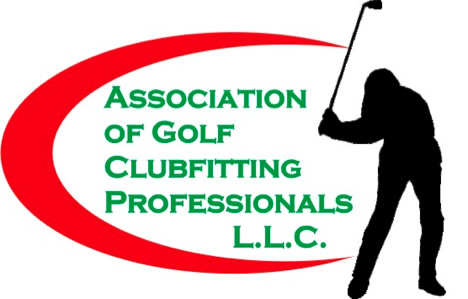

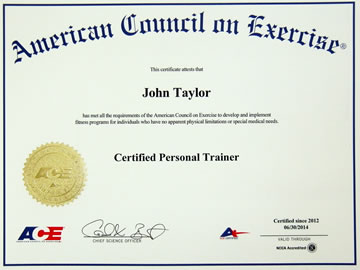
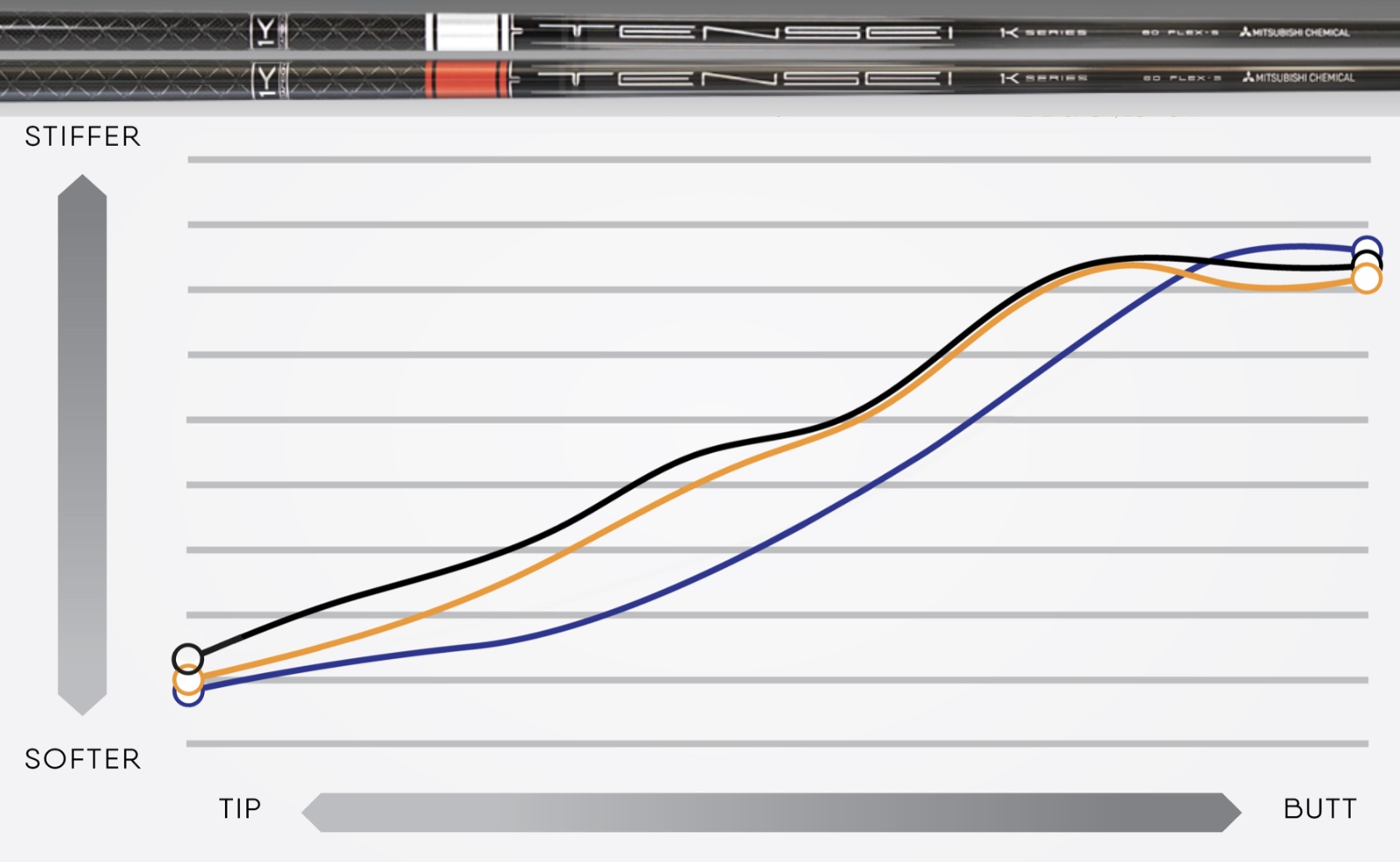






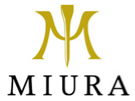
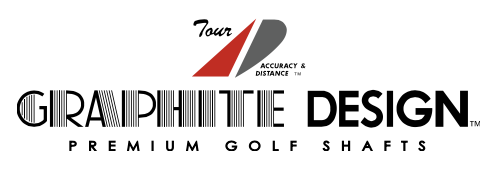



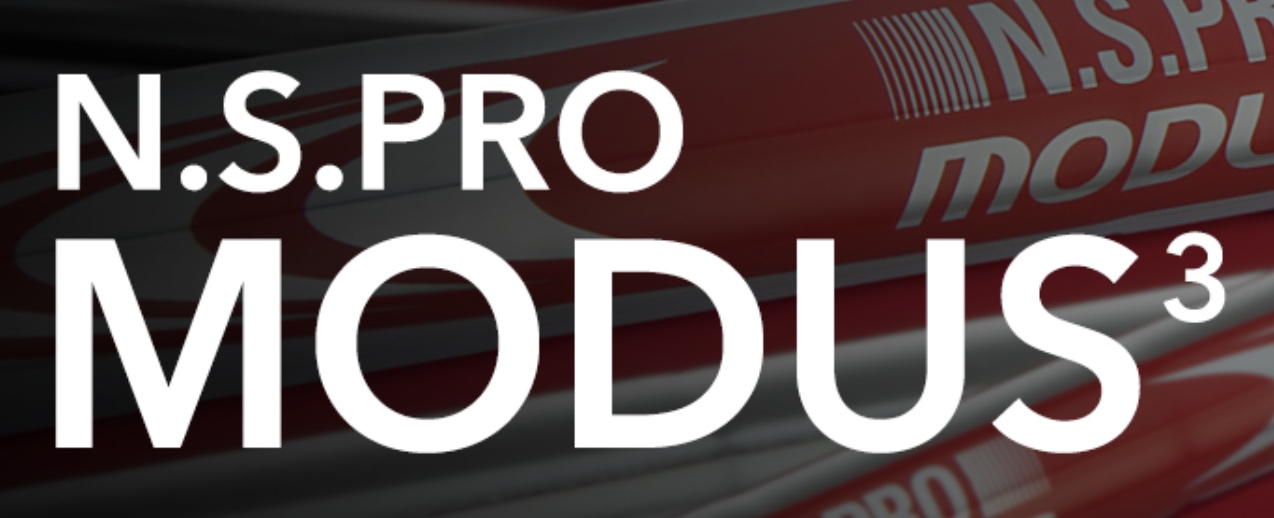


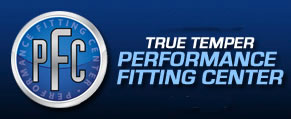

 John Taylor
John Taylor
Reader Comments